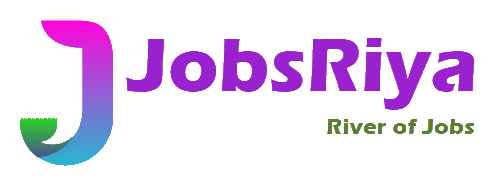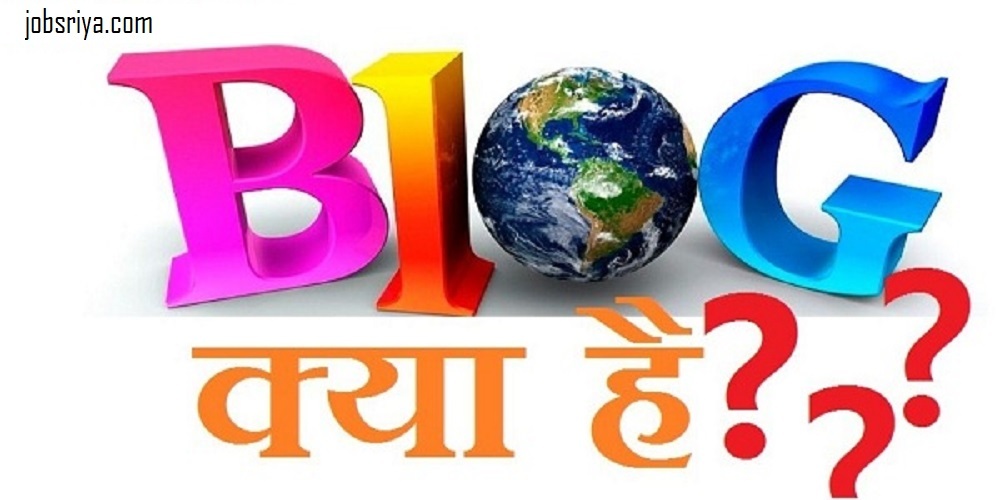The Indian economy was primarily agrarian throughout the pre-colonial era, and agriculture was the people’s main line of work. To gain the maximum economic advantage, the British conquerors relied on land revenue as the primary source of income for the state. Following the Battle of Plassey, the British gained control of Bengal province and adopted three different types of land tenures or land revenue system in India:
- Zamindari System
- Ryotwari System
- Mahalwari System
Let’s learn about each of these land revenue systems and their features in detail.
Zamindari System or Permanent Settlement
Lord Cornwallis instituted the Zamindari System in the year 1793. This system was only available in Bengal, Bihar, and Odisha. The zamindar was recognised as the landowner under the system, with the authority to mortgage, bequeath, and sell the land. They collected land revenue, one-eleventh of which they kept as remuneration and the rest was deposited by the company. The demand for land revenue was fixed, but the rent realised by the cultivator was not.
Features of Zamindari system:
- Zamindars were recognised as the land’s hereditary owners and were granted the right of inheritance.
- Landlords have the option to sell or transfer their property as they see fit.
- The landlord’s property will be kept as long as he pays a certain amount to the government on the specified day. If they do not pay, their rights will be terminated and the land auctioned.
- The amount to be paid to the landlords was predetermined. It was decided not to increase in the future (forever).
- The fixed amount was 10/11 of the Britishers’ revenue and 1/11 of the zamindar’s revenue. This tax rate was significantly higher than in England.
- The zamindar was also required to provide the tenant with a patent describing the land given to him as well as the rent that the zamindar was required to pay.
- The Indian landlords were charged with the responsibility of looking after the peasants.
Everyone felt safe because the arrangement was in place indefinitely. The company was aware of how much money it was making. The amount was also guaranteed to the owner. After all, the farmers knew how much rent they would have to pay and relied on their land rather than a hoof.
Ryotwari System
Thomas Munro introduced the Ryotwari System in May 1820. This system was limited to most of southern India, having been introduced first in Tamil Nadu, then in Bombay, Madras, some parts of east Punjab, Coorg Province, and Assam. Under this system, the Ryots (peasants) were given land rights and were individually responsible for paying land revenue to the states.
Features of Ryotwari System
- Farmers paid their land revenue directly to the state, which helped to eliminate the middlemen who frequently oppressed villagers.
- Peasants could not be evicted from their land as long as they paid the land tax.
- Assessment of individual cultivators, field measurement, and produce estimation
- The government rates were fixed in this system, with wetland and dryland rates of 60% and 50%, respectively.
Mahalwari System
Holt Mackenzie first introduced the Mahalwari system in 1822, and Lord William Bentinck modified it in 1833. This type of settlement spread to the Ganges Valley, the North-Western Provinces, parts of central India, and Punjab.
Features of Mahalwari System:
- The produce of a mahal was the basis of assessment in this system, and all mahal proprietors were jointly responsible for the management and payment of revenues; sometimes, this mahal included one or more villages.
- This was a two-fold agreement. Individual peasants were given occupancy and ownership rights, and cultivation was done individually.
- They were required to pay the land revenue collectively through the village headman or village leaders. The cultivation was done individually, but the land revenue was shared.
- By introducing the concept of average rents for different soil classes, the state reserved the right to direct agricultural economy management.
- In this system, the government’s revenue rate was fixed at 66%, and this agreement was made for up to 30 years.
Land Revenue System: Zamindari, Ryotwari and Mahalwari Systems
Read More:
- Learn the Important Differences between Classical Dance and Folk Dance of India
- Best websites for government job preparation in India
- Ways to Deal With Stress and Anxiety During Competitive Exam Preparation







